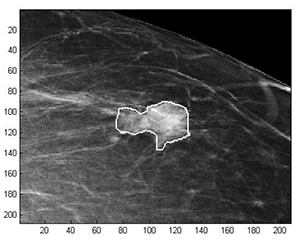Latest News Archive
Please select Category, Year, and then Month to display items
![]()
The Vice-Chancellor and Principal of the University of the Free State, Prof Francis Petersen, is pleased to invite you to the launch of the Artists in Residency Programme. This event marks the exciting start of a new initiative at the university.
We are honored to have Mike van Graan, a distinguished independent artist and playwright, as our inaugural artist and playwright in residence. Van Graan boasts an impressive career, having authored 36 plays and contributing significantly to the cultural landscape. His expertise extends beyond playwriting, encompassing cultural policy, artist network development (both locally and across Africa), and advocacy work. Notably, he held leadership positions within esteemed organisations such as Arterial Network, the African Arts Institute, and the STAND Foundation. Van Graan's dedication to cultural activism and artistic creation is widely recognised.
Please join us for this momentous occasion:
Date: Thursday 27 June 2024
Time: 15:00-17:00 (followed by a cocktail reception)
Venue: Scaena Theatre, UFS Bloemfontein Campus
For further information, contact Alicia Pienaar at pienaaran1@ufs.ac.za.
Programme highlights include:
- Staged Reading: An excerpt from Return of the Ancestors, a play that pays homage to the satirical South African political play, Woza Albert, explores themes of democracy and sacrifice through the return of figures such as Steve Biko and Neil Aggett.
- Closed Premiere: The Good White, set against the backdrop of the 2015/16 student protests in South Africa, delves into contemporary issues such as race, social justice, and the complexities of human relationships.
Mathematical methods used to detect and classify breast cancer masses
2016-08-10
 Examples of Acho’s breast mass
Examples of Acho’s breast mass
segmentation identification
Breast cancer is the leading cause of female mortality in developing countries. According to the World Health Organization (WHO), the low survival rates in developing countries are mainly due to the lack of early detection and adequate diagnosis programs.
Seeing the picture more clearly
Susan Acho from the University of the Free State’s Department of Medical Physics, breast cancer research focuses on using mathematical methods to delineate and classify breast masses. Advancements in medical research have led to remarkable progress in breast cancer detection, however, according to Acho, the methods of diagnosis currently available commercially, lack a detailed finesse in accurately identifying the boundaries of breast mass lesions.
Inspiration drawn from pioneer
Drawing inspiration from the Mammography Computer Aided Diagnosis Development and Implementation (CAADI) project, which was the brainchild Prof William Rae, Head of the department of Medical Physics, Acho’s MMedSc thesis titled ‘Segmentation and Quantitative Characterisation of Breast Masses Imaged using Digital Mammography’ investigates classical segmentation algorithms, texture features and classification of breast masses in mammography. It is a rare research topic in South Africa.
Characterisation of breast masses, involves delineating and analysing the breast mass region on a mammogram in order to determine its shape, margin and texture composition. Computer-aided diagnosis (CAD) program detects the outline of the mass lesion, and uses this information together with its texture features to determine the clinical traits of the mass. CAD programs mark suspicious areas for second look or areas on a mammogram that the radiologist might have overlooked. It can act as an independent double reader of a mammogram in institutions where there is a shortage of trained mammogram readers.
Light at the end of the tunnel
Breast cancer is one of the most common malignancies among females in South Africa. “The challenge is being able to apply these mathematical methods in the medical field to help find solutions to specific medical problems, and that’s what I hope my research will do,” she says.
By using mathematics, physics and digital imaging to understand breast masses on mammograms, her research bridges the gap between these fields to provide algorithms which are applicable in medical image interpretation.